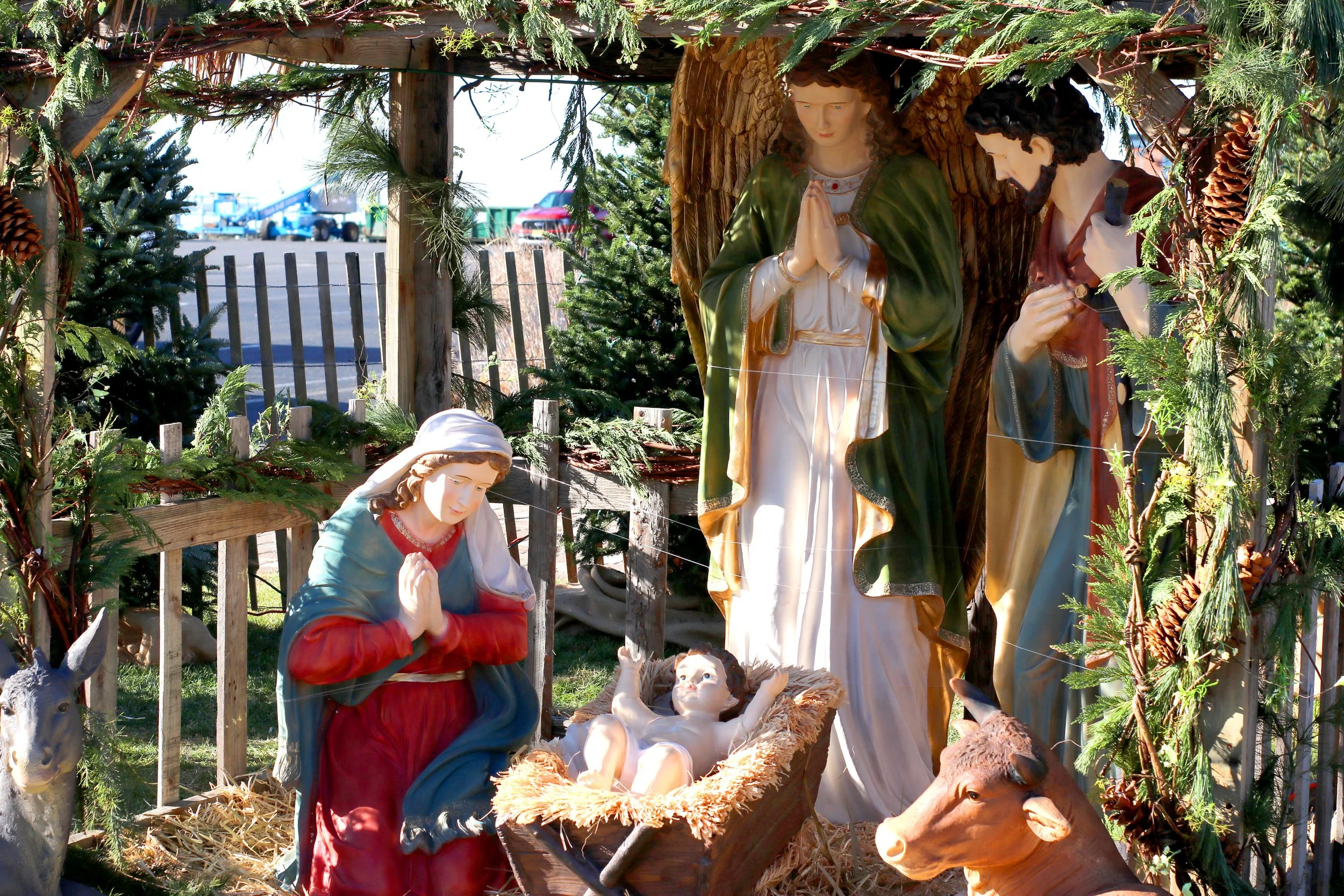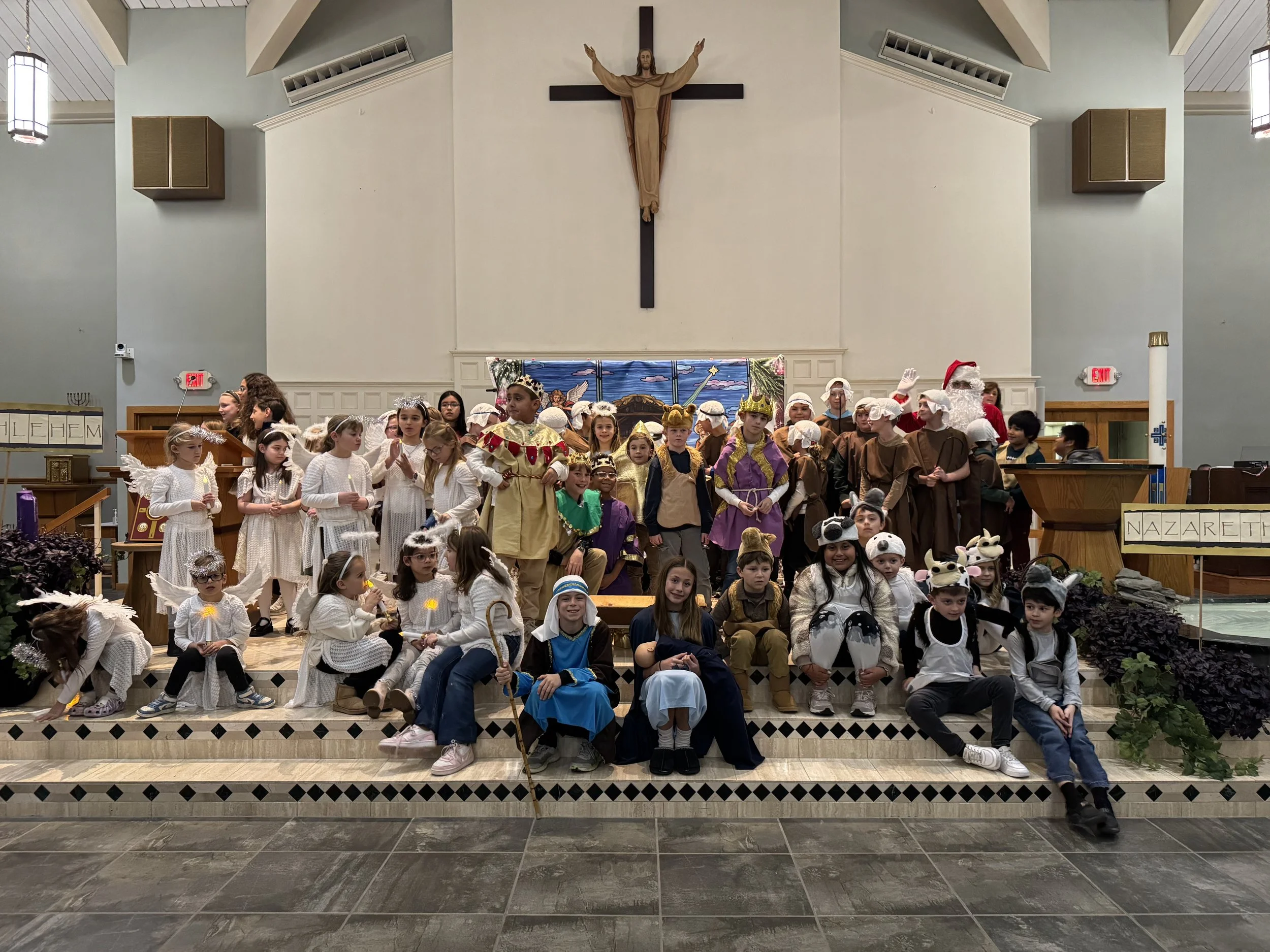What’s In a Name?
Fr. Francis Di Spigno, OFM,
Pastor
At the time this letter needed to be submitted to the publisher the Catholic Church remained in the time of sede vacante, literally translated, vacant seat. This refers to the fact that the “cathedra,” or the seat, of the Bishop of Rome is empty. I suspect that we most likely will have a new pope by Sunday, May 11th. The conclave in 1958 to elect Pope John XXIII took 11 days and the conclave that elected Pope Paul VI in 1963 lasted 10 days.
In 1978 there were two conclaves within two months. Pope John Paul I was elected in a two-day conclave. His unexpected death 33 days later required the church to call another conclave when Pope John Paul II was chosen, also in two day conclave, Oct. 14 -16. Pope Francis was elected in one day, ending the day after it began on March 12, 2013.
What will be very telling is the name the new pope chooses. For the first 1,000 years of the church the popes kept their given name. The one exception was in January 533 when the Roman priest, Mercurius, was elected the Bishop of Rome. Since he shared the name of the pagan god Mercury, he because the first pope to change his name and was since known as Pope John II.
It was not until the 11th century, however, that popes began to regularly adopt a new name. At that time those selected to become the Bishop of Rome started to choose names of early church bishops to indicate their connection the early church. What we have seen in the 20th and 21st Centuries is that the name of the pope indicates the “direction” of their papacy.
It was clear that Pope John Paul I chose the names of his two immediate predecessors to indicate that he would continue what they had begun in the Second Vatican Council. Two months later, Pope John Paul II chose his name to also recognize that the Second Vatican Council that had only ended 13 years prior on December 8, 1965, was a monumental moment in the life of the church. They too sought continuity.
It has been said that Pope Benedict chose his name to pay homage to Benedict XV, who led the church during World War I and dedicated himself to healing the rifts of war, and to the 6th century St. Benedict, founder of Western monasticism, who helped spread Christianity throughout Europe. We know one of the priorities of his papacy was to reevangelize and revive the faith in Europe.
The story I had heard about Pope Francis was that when it became clear that he was about to be elected, the Franciscan Cardinal Hummes of Brazil leaned over to him and whispered, “Don't forget the poor.” Pope Francis said he immediately remembered St. Francis of Assisi, “the man of poverty, the man of peace, the man who loves and protects creation," and "the name Francis came into my heart". When Pope Francis appeared on the balcony shortly after his election, Cardinal Hummes was standing immediately to his left.
We might ask, what’s in a name, but in this case, it can be very telling of what is to come.
Peace and All Good.
[1] Wooden, Cindy (16 March 2013). "Pope Francis explains why he chose St. Francis of Assisi's name". Catholic News Service.
ALSO:







